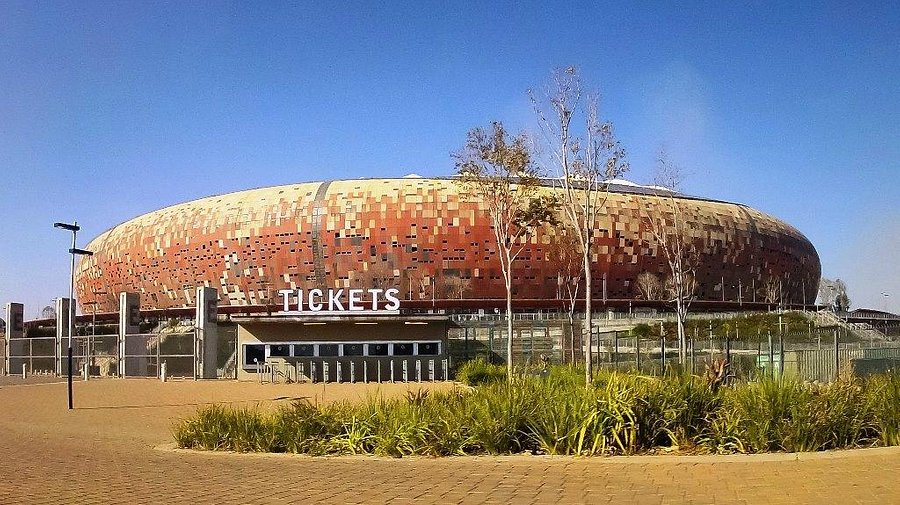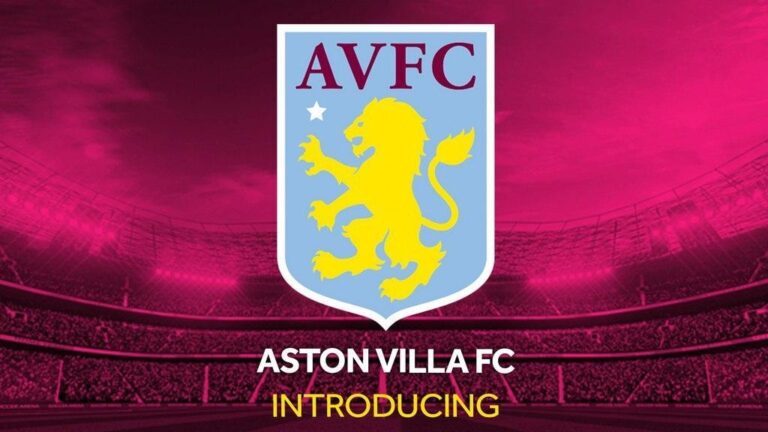
FNB Stadium
The historical backdrop of Soweto adds layers of meaning to every match played at the stadium. Attending an event at the FNB Stadium offers spectators not only a chance to witness thrilling gameplay but also an opportunity to connect with the rich legacy of struggle and triumph that characterizes this area. As one walks through the stadium gates, they step into a living museum of South African history https://789bet.domains/.
The History and Development of FNB Stadium
The history of the FNB Stadium is a fascinating narrative of architectural ambition and community spirit. From its humble beginnings to its current status as a world-class sports facility, the evolution of the stadium reflects broader societal changes in South Africa.
Construction and initial purpose
The original FNB Stadium was constructed in 1987 and served primarily as a venue for local football matches. It was known as the Johannesburg Stadium at that time and had a modest capacity, catering predominantly to domestic football enthusiasts. The stadium quickly became a beloved local site, hosting key matches of the South African league as well as various community events.
However, with the fall of apartheid and the advent of a new democratic era, the need for a modern sports facility became apparent. In preparation for the 2010 FIFA World Cup, plans for a massive renovation were set in motion. The vision for the new FNB Stadium was ambitious: to create a state-of-the-art arena that would not only host international matches but also represent the hopes and dreams of a nation.
Major renovations and improvements
The renovation project commenced in 2007, marking a new chapter in the stadium’s history. The redesign was led by renowned architect Peter Besley, who aimed to imbue the stadium with cultural significance while ensuring that it met international standards. The structure was transformed from the ground up, with enhancements made to seating, facilities, and accessibility for fans.
One of the standout features of the newly designed FNB Stadium is its striking exterior, which is meant to evoke the traditional African calabash—a symbol of unity and togetherness. The addition of modern amenities has elevated fan experiences, with hospitality suites, restaurants, and media facilities that rival some of the world’s best stadiums.
Key historical moments
Since its reopening in 2009, the FNB Stadium has hosted numerous historic events that have solidified its reputation. Arguably the most significant moment occurred during the opening match of the 2010 FIFA World Cup, where South Africa faced Mexico. This match not only marked the first time the tournament was held on African soil but also served as a celebration of South Africa’s remarkable progress.
